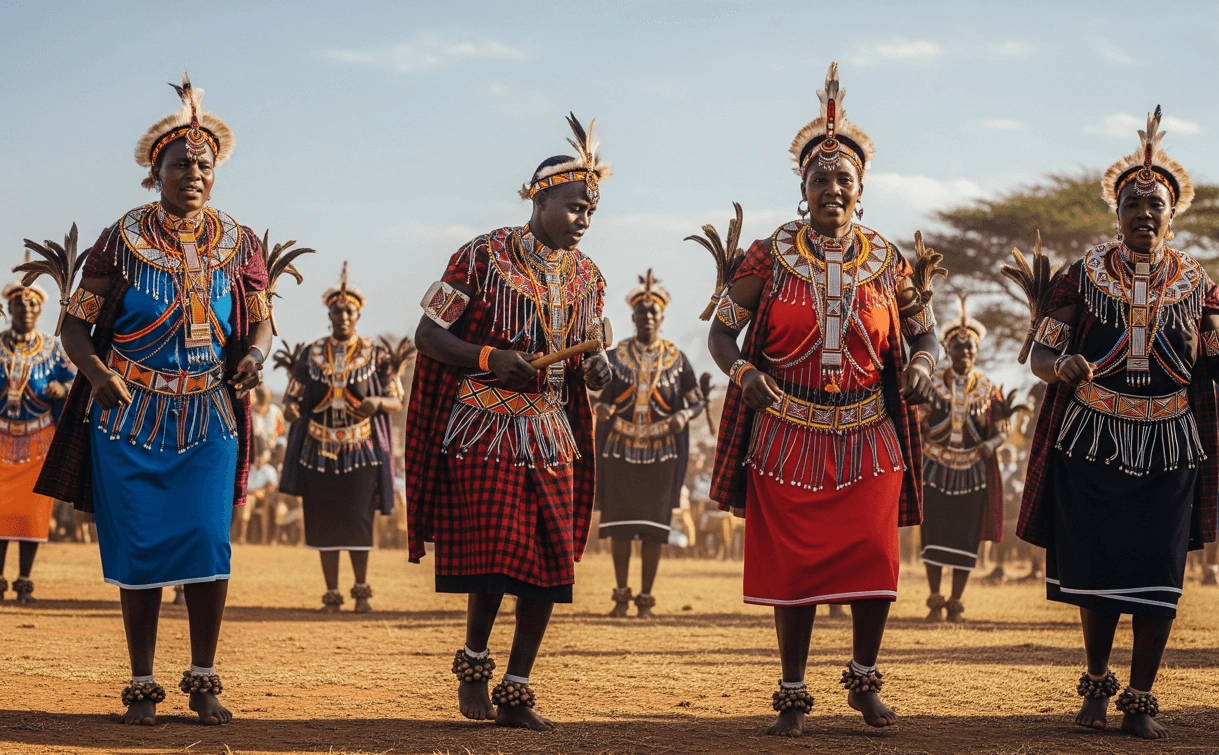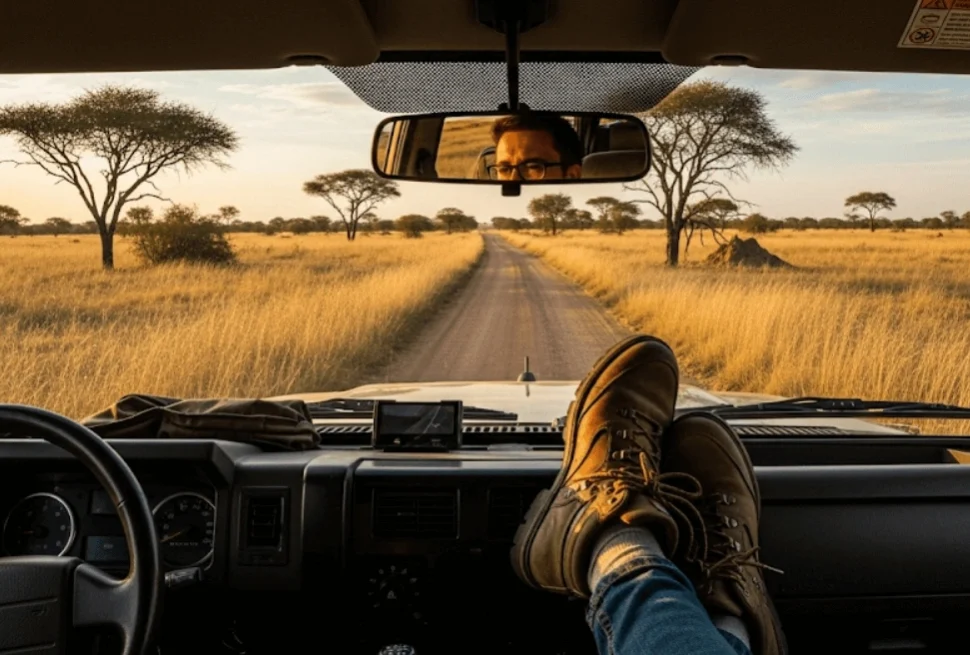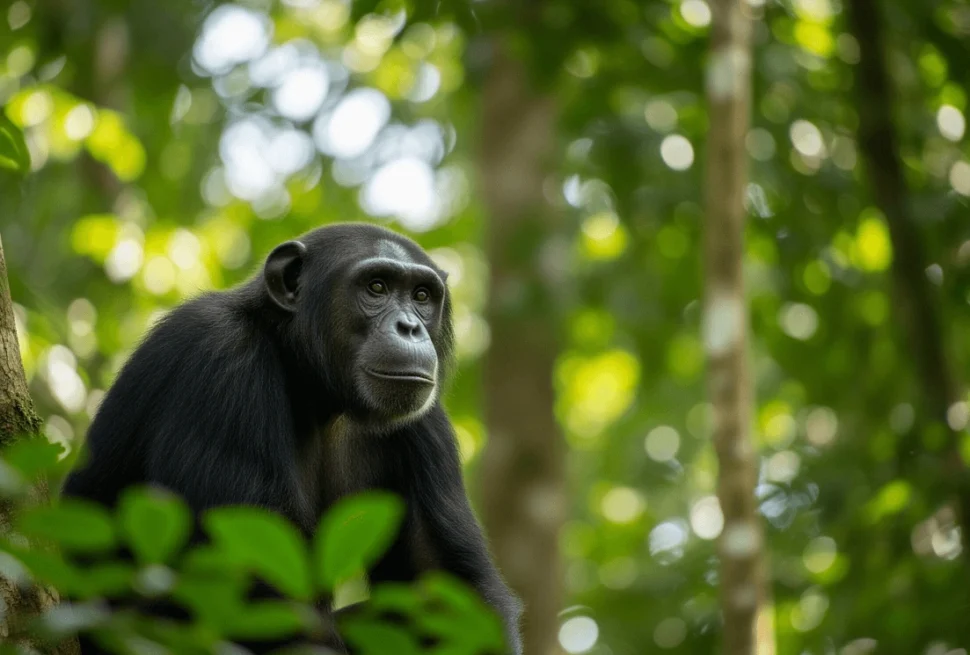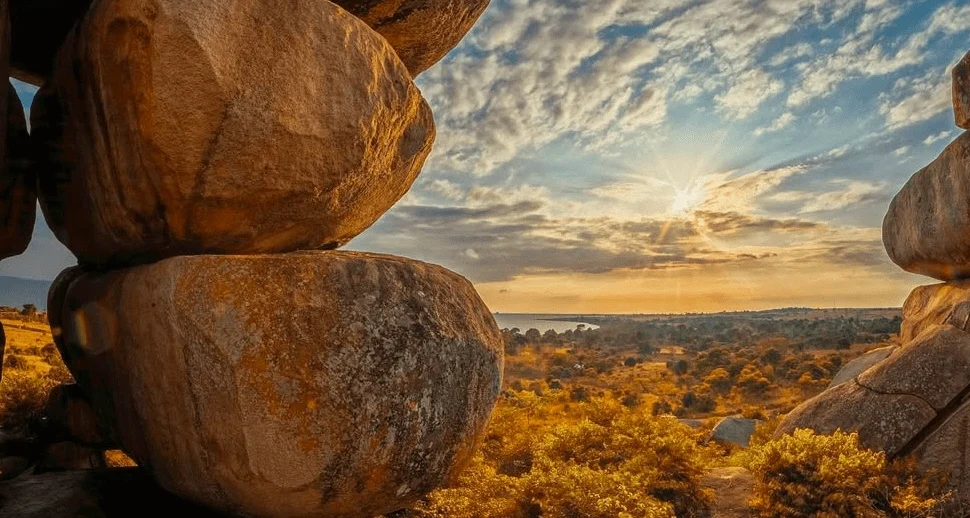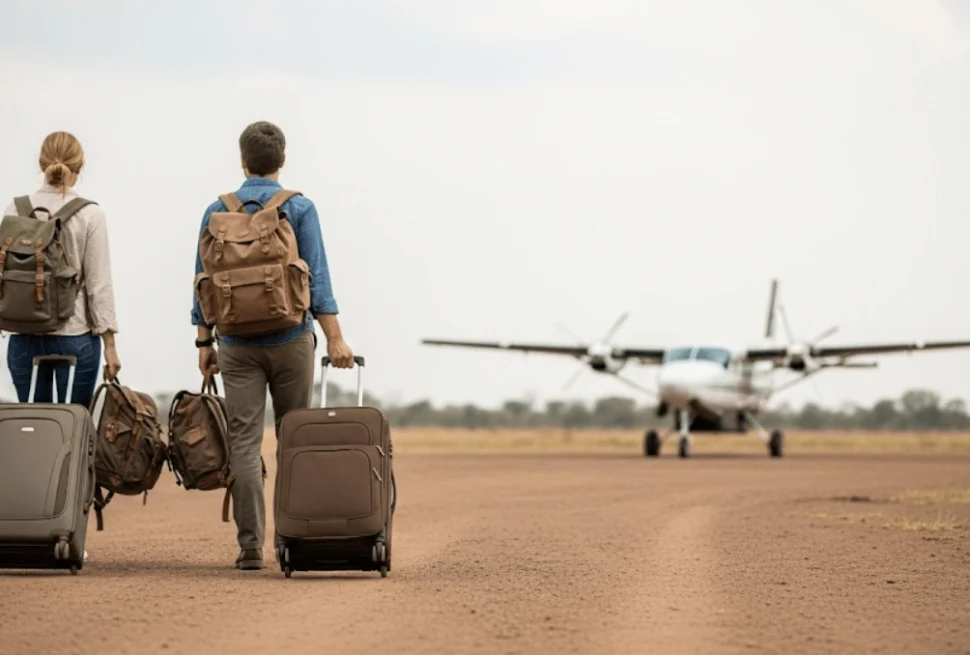Many travelers arrive in Uganda chasing its landscapes, wildlife, and adventure. Few pause to ask: who lived here before the borders, the parks, the permits? Even fewer understand the ongoing struggles tied to those histories.
Indigenous communities in Uganda are not postcards frozen in time. They are living cultures navigating complex realities—displacement, marginalization, resilience, and revival.
To engage with them meaningfully, you must move past the curated performances and easy narratives.
Key Takeaways
- Indigenous communities in Uganda, like the Batwa, Benet, and IK, face ongoing land rights battles, cultural erosion, and systemic exclusion.
- Many were forcibly evicted to create national parks—conservation here has a complicated, often painful legacy.
- Not all “cultural experiences” marketed to tourists are ethical or authentic. Some commodify communities without real benefit to them.
- Responsible engagement requires more than just visiting—it demands understanding power dynamics, history, and consent.
- Uganda’s Indigenous voices are increasingly leading the conversation on cultural preservation and land justice.
1. Who Are Uganda’s Indigenous Communities?
Uganda’s Indigenous landscape is diverse but often invisibilized. Among the most recognized are the Batwa, IK, Benet, and Tepeth.
The Batwa, sometimes called “pygmies” by outsiders (a term many find reductive), once thrived as forest dwellers in the Bwindi and Mgahinga regions.
Their displacement following the creation of gorilla parks has been well documented but rarely interrogated in the tourism sphere. Gorilla trekking in Uganda draws visitors from around the world, yet the Batwa—evicted in the name of conservation—remain sidelined.
The IK people live along Mount Morungole near Kidepo Valley National Park. Long misrepresented as “dying out,” they continue to resist that narrative, maintaining their social structures despite decades of marginalization.
The Benet community, traditionally pastoralists, were evicted from Mount Elgon National Park and have since struggled for land rights and recognition.
These are not footnotes. Their stories are inseparable from Uganda’s wilderness.
2. Conservation Has a Human Cost
Tourism often presents Uganda’s national parks as untouched, pristine landscapes. This is a myth.
The creation of Bwindi, Mgahinga, and Mount Elgon as protected areas came at the cost of the Indigenous peoples who called those forests home. Many were evicted without compensation, cut off from their traditional livelihoods, and pushed to the margins of society.
Some conservation narratives still quietly frame Indigenous communities as threats to wildlife. But recent studies—including research published in Conservation and Society—increasingly show that Indigenous-led stewardship often leads to stronger ecological outcomes.
When you trek with gorilla families in Uganda, ask yourself: whose land are you walking on? Who gets to decide what counts as protection, and who gets excluded?
3. The Problem With Staged “Cultural Experiences”
Many travelers want to “connect” with Indigenous cultures. The problem is how these experiences are often packaged.
Some Batwa trails and performances near Bwindi feel more like open-air museums than living communities.
Tourists are sometimes funneled through pre-arranged dances and photo ops, with little attention paid to who profits or whether the Batwa themselves are leading the narrative.
This doesn’t mean you should avoid Indigenous experiences altogether. It means you should ask harder questions:
- Who organized this tour?
- Is the community genuinely involved in shaping how their culture is presented?
- Are they paid fairly? Are they telling their own stories?
Working with community-led initiatives—such as the Batwa Development Program—makes a real difference.
4. Indigenous Communities Are Driving Change
Uganda’s Indigenous peoples are not waiting for permission to reclaim space.
The Benet have staged protests and filed court cases for the right to return to their ancestral lands. The Batwa are creating their own cultural centers, schools, and advocacy networks. The IK continue to protect their language and social practices despite external pressures.
There’s a growing movement within Uganda challenging top-down conservation models and advocating for Indigenous inclusion in park management.
If you care about ethical travel, align yourself with these efforts.
5. Practical Ways to Engage Responsibly
- Choose community-owned or community-led cultural experiences wherever possible.
- Support conservation models that include Indigenous land rights and stewardship.
- Stay informed: read about Uganda’s Indigenous movements beyond what the travel brochures say.
- Don’t tokenize. Real cultural exchange happens with humility, not voyeurism.
- Ask your safari operator about how they engage with local communities. If they can’t answer, that’s a red flag.
For travelers visiting sites like Bwindi vs Mgahinga for gorilla trekking, responsible choices aren’t just about wildlife—they’re about people.
If you’re ready to plan a safari that respects both wildlife and the people whose histories shape these landscapes, request a quote and we’ll help you build a journey that honors both.
FAQ About Uganda’s Indigenous Communities
Are the Batwa allowed to live in Bwindi Impenetrable Forest today?
No. The Batwa were evicted in the early 1990s and are not legally permitted to live or hunt in the park. They now live on the peripheries, often in poverty.
Is it ethical to visit Indigenous communities in Uganda?
It can be, if the experience is community-led, fairly compensated, and respectful of cultural context. Avoid tours that feel staged or exploitative.
What’s the connection between gorilla trekking and Indigenous displacement?
The creation of national parks for gorilla conservation led to the forced eviction of Indigenous peoples like the Batwa. This history is rarely addressed in mainstream tourism.
How can I find responsible Indigenous experiences?
Look for programs where Indigenous communities are directly involved in planning, guiding, and decision-making—such as those supported by local NGOs or Indigenous cooperatives.
Why aren’t more safari companies talking about this?
Frankly, because it complicates the sale. It’s easier to market “pristine” parks than to confront the human histories behind them.

